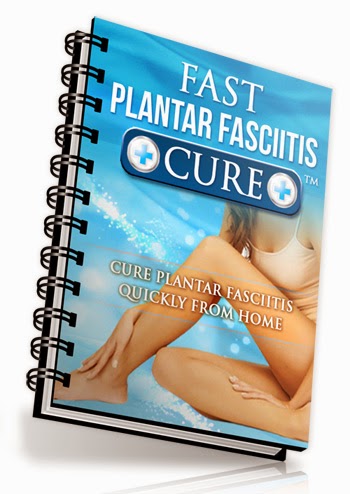What is Plantar Fasciitis?
Plantar Fasciitis is a very common complaint related to the foot called
an over use injury. It presents itself as a severe pain in the heel of
the foot usually in the mornings when you first get out of bed. This is
due to inflammation of the plantar tissue that connects your heel bone
(calcaneous) to the bones of your toes.
WHAT CAUSES PLANTAR FASCIITIS?
The Plantar Fascia is a tough fibrous band that can be likened to a
rubber band. As we age it gets less like a rubber band and more like
strong string or rope. The heel pad of the foot also gets thinner and
loses its shock absorbent properties, due to a lot of walking, jogging
and/or long standing.
PERSONS AT RISK FOR DEVELOPING PLANTAR FASCIITIS.
Overweight individuals and persons having sudden weight gain.
Diabetics
Individuals with jobs requiring long standing.
Walking or jogging for long periods of time on hard surfaces.
Individuals with high arches or those who are flat footed insteps.
HOW TO AVOID GETTING PLANTAR FASCIITIS?
If overweight, make every effort to lose weight.
If you must do long standing make sure the surface is padded to relieve the pressure from your foot.
For persons with high arches or those who are flat footed wear fitted shoe inserts.
Maintain good flexibility around your ankle and the archiles tendon and calf.
TREATMENT FOR PLANTAR FASCIITIS.
Rest is the first line of treatment for Plantar Fasciitis, do less walking and standing
and allow your heel to rest.
The application of ice pack to the sore area for 20 minutes four times per day.
Anti-inflammatory medication such as, Ibuprofin and Aspirin.
Exercises such as:
Stretching of the Achilles tendon and plantar fascia helps to minimize the chances of reoccurrence of the condition.
Physical therapy treatment program is also a good approach in the care of this condition.
Wearing splints at nights to support the affected foot.
Anti inflammatory injections into the Plantar Fascia maybe prescribed by your physician.
Treatment should resolve the problem within 9 months to 2 years.
As a last resort your physician may prescribe surgery.
OTHER WAYS TO HELP IN THE IMPROVEMENT OF PLANTAR FASCIITIS ARE:
Wear shoes that are comfortable, stable and that give good foot support.
Avoid open back shoes, flip flops, high heeled shoes and sandals.
Molded Foam Clogs such as, Crocs are highly recommended and approved
by The American Podiatric Medical Association and United States
Ergonomics for patients with Plantar Fasciitis.
Our feet are
made for walking and their importance and value to us becomes most
apparent when they hurt. We must take good care of our feet.
